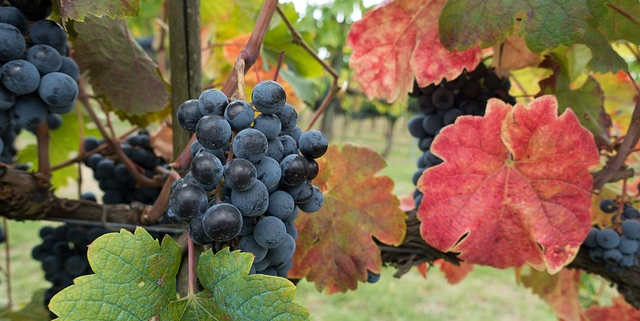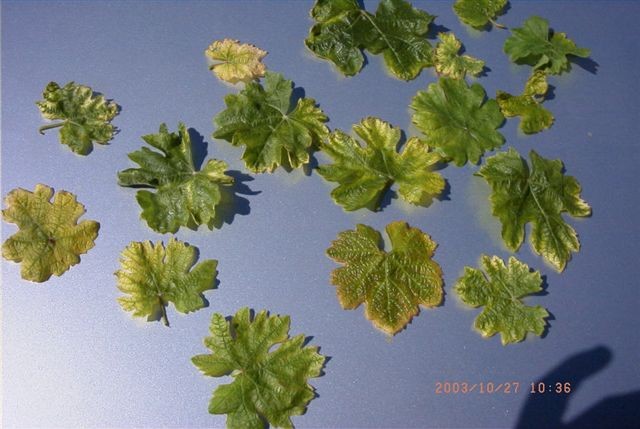Post-harvest Vine Nutrition
Before your vines shut down for a well deserved winter break, some strategic nutrient applications can help set the vines up for the critical bud burst to flowering period.
While nitrogen is often associated with excessive vigour and poor fruit quality, it is nonetheless an essential major nutrient and post harvest is often the optimum time for nitrogen application in most varieties. You can usually apply 50-75% of the vines total N requirements post-harvest and the remainder around bud burst. On alkaline soils, ammonium (NH4) forms (eg. ammonium sulphate & NOT urea) are preferred because of their acidifying effect that is often beneficial for the release of locked up nutrients. Nitrates (NO3) are less acidifying but also very mobile and readily leached on lighter soil types.
Phosphorous is an essential nutrient for energy production and cell division, however it generally has low mobility and availability on most soil types, so it needs to be applied and taken up by the vine well before it is needed. Again post-harvest is an excellent time to apply phosphorous because it does give the vine feeder roots an opportunity to take up P prior to dormancy. Generally P sources like MAP/DAP/APP are more soluble than Single Super which tends to release P more slowly over a longer period. If your soil is low in sulphur and you are not applying ammonium sulphate or gypsum post-harvest then Single Super is a good option. Additional P (eg. MAP) can be applied at bud burst if required. A maintenance rate of 20 kg P/ha should suffice for most varieties, though if soil P levels are low (< 50 mg/kg Colwell) then you should double the maintenance rate.
If you are growing on sandy soils low in potassium or have had heavy yields then consider post-harvest application of potassium. An NPK mix like CR NPKomplete is ideal in this situation and can also supply maintenance levels of nitrogen and phosphorous.
Zinc is the most limiting trace element in Australia and very important for vine production. Zinc is required for the production of the growth hormone auxin that promotes shoot growth and enhanced flowering and fruit set. Zinc deficiency is commonly called “Little leaf” disease as it results in stunted growth (rosetting) and small leaves (see below). Because of the role of auxin in reproduction, low zinc can also cause uneven fruit set or ‘hen & chicken’ bunches. While soil application of zinc can be effective on some soil types, foliar zinc sprays are the most cost effective and efficient way to address deficiency issues. Zinc is required very early for shoot growth so post-harvest sprays allow zinc to be stored in the vine and utilized from bud burst onwards and vines can be topped up once shoot growth is sufficient for foliar absorption.
Like zinc, boron plays an important role in reproduction and good levels are required for optimum flowering and preventing ‘hen & chicken’. Boron is also required for root health and function so good levels in the vine will ensure optimal moisture and nutrient uptake post-harvest and when roots become active again prior to bud burst.
Post-harvest is also a good time to apply lime or gypsum if required. Remember that these products work fairly slowly (liquid or burnt limes will react quicker than normal ag lime) so if your soils are low in calcium and/or magnesium then look at applying more soluble sources (eg. calcium nitrate, magnesium sulphate) in the spring to supplement the slower release of lime/gypsum.
Zinc deficient vine leaves (below).
Fertigation Products
CR NPKomplete (10-4-8, Mg 1% + trace elements)
Foliar Sprays
LIG-TRACE (Zn, Mn, Fe, Cu, B, Mo, Mg)
VLP (10-2-7, Mg 0.5% + trace elements)



Leave a Reply
Want to join the discussion?Feel free to contribute!